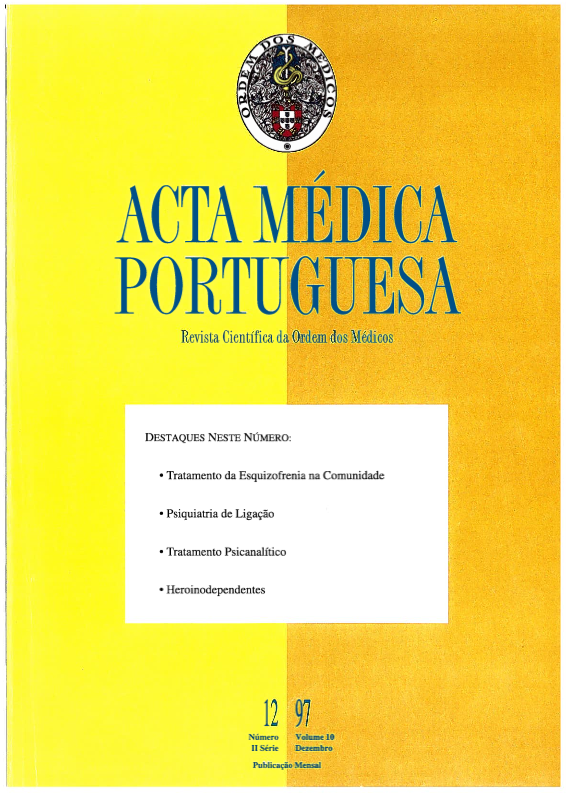Progressos no tratamento psicanalítico.
DOI:
https://doi.org/10.20344/amp.2532Resumo
The author considers psychoanalytic treatment to be most effective when based upon an interactive, intersubjective conception of normal and pathological psychic development. By internalizing pathological and pathogenic relationships during childhood, the person builds up a troubled internal relational pattern; it determines his her choices and ensuing relationships and thus perpetuates his her pathology. When it appears in the psychoanalytic relationship this pathological relational style can be analysed and resolved, while a new relationship, promoted by the psychoanalyst, is begun. It aims at fostering the person's development and mental health. This new, healthier relationship is progressively integrated into the patient's everyday life. Consequently the internal relationship pattern itself, through the person's new experiences, changes. Psychoanalysis comes to an end when the new internal relational pattern is consolidated. Therefore the psychoanalytic cure is seen as a process of transformation; and the psychoanalyst is its agent. Therein, the author maintains that counter transference precedes transference and is the driving force of the curing process. The author states that: precedence and priority should be given to counter-transference.Downloads
Downloads
Como Citar
Edição
Secção
Licença
Todos os artigos publicados na AMP são de acesso aberto e cumprem os requisitos das agências de financiamento ou instituições académicas. Relativamente à utilização por terceiros a AMP rege-se pelos termos da licença Creative Commons ‘Atribuição – Uso Não-Comercial – (CC-BY-NC)’.
É da responsabilidade do autor obter permissão para reproduzir figuras, tabelas, etc., de outras publicações. Após a aceitação de um artigo, os autores serão convidados a preencher uma “Declaração de Responsabilidade Autoral e Partilha de Direitos de Autor “(http://www.actamedicaportuguesa.com/info/AMP-NormasPublicacao.pdf) e a “Declaração de Potenciais Conflitos de Interesse” (http://www.icmje.org/conflicts-of-interest) do ICMJE. Será enviado um e-mail ao autor correspondente, confirmando a receção do manuscrito.
Após a publicação, os autores ficam autorizados a disponibilizar os seus artigos em repositórios das suas instituições de origem, desde que mencionem sempre onde foram publicados e de acordo com a licença Creative Commons









